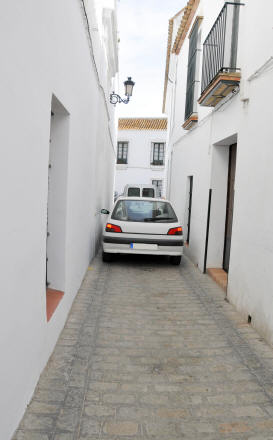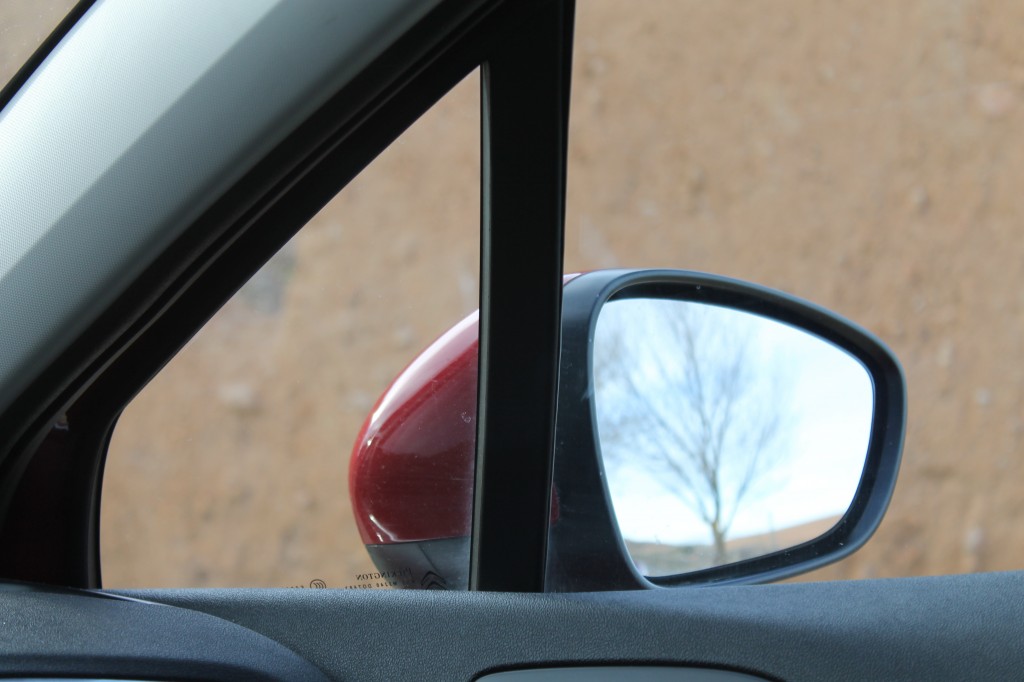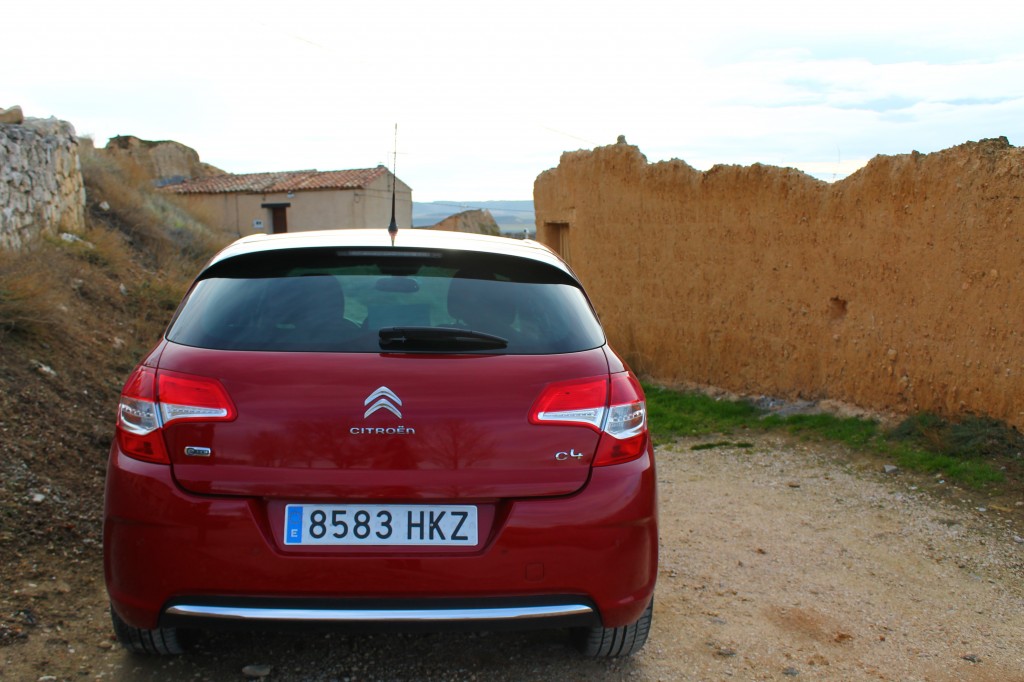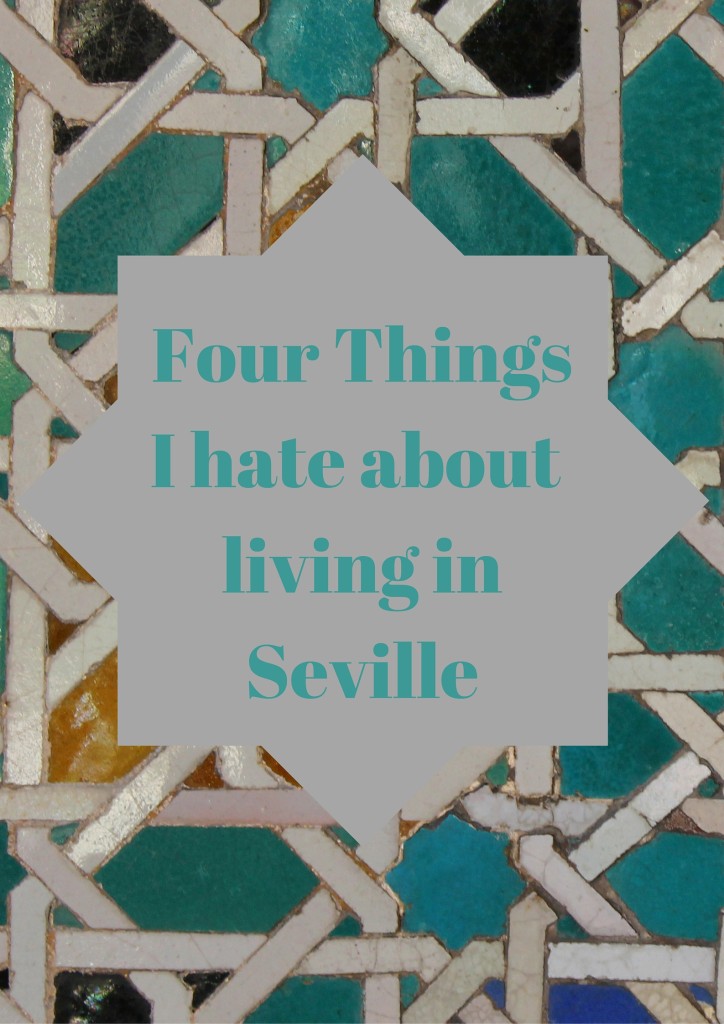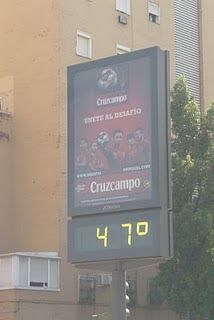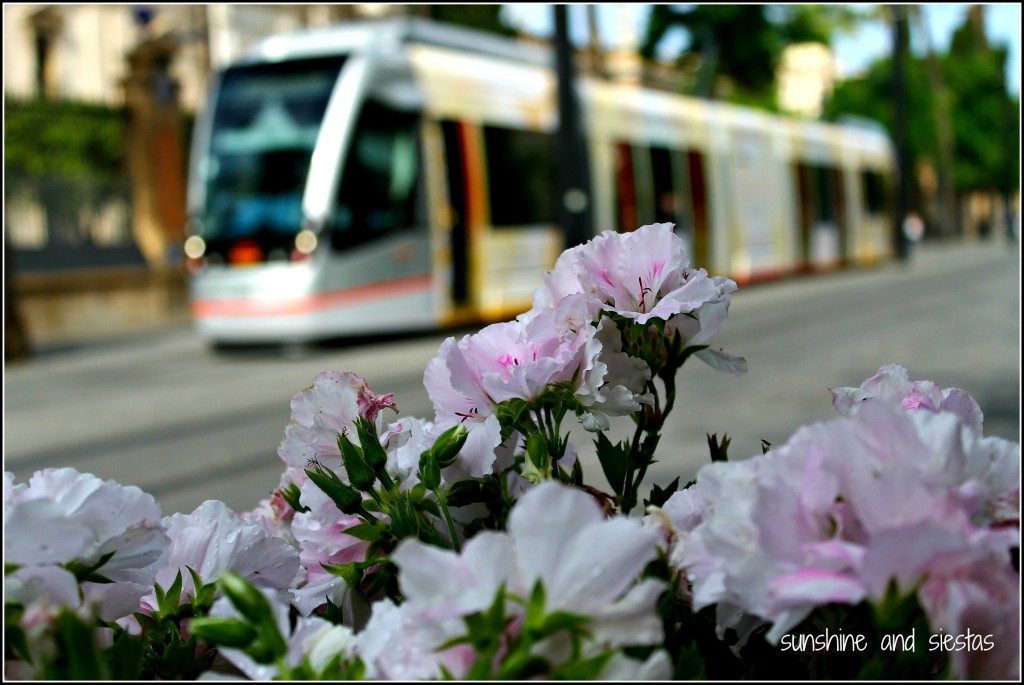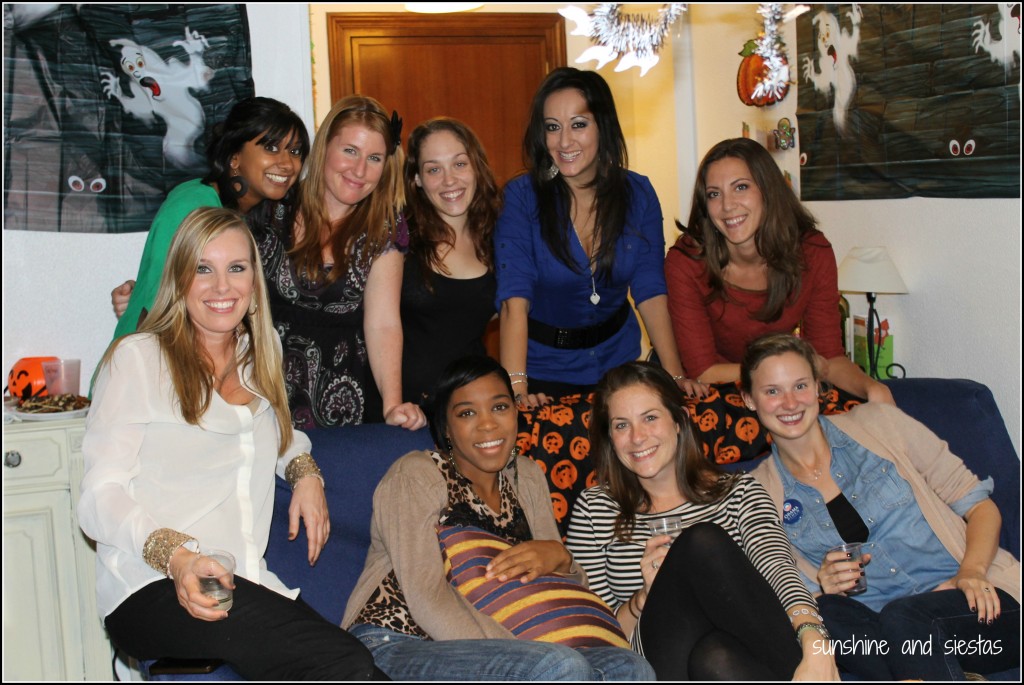It’s my argument that Spain doesn’t want me to grow up. At 27, I’ve never had a Spanish credit card (I’ve been denied three times), paid a mortgage (that’s what the Novio is for) or had to shop around for health coverage (yaaaay Socialism!). I also got away with driving the Novio’s car without an EU-license because he’s got an automatic in a country of manual cars and I figured I could play dumb guiri if I was ever caught.
But then I did get stopped and fined 100€ in a rental car. This sent my mother-in-law into a tailspin, and she told me I could be banned from driving should I get caught again. This also came on the tail of getting a speeding ticket in the Novio’s car, so she promptly announced she’d be floating the cost for a driving course as my Christmas gift.
She always knows just what to get me!
A new law, passed January 19th, 2013, now forces non-EU citizens who have resided in the Euro Zone for more than two full years to get a driving license issued by a member country. This comes from an effort to make everything in Europe more standardized, and to make me shake my finger once more at bureaucracy for making my life more complicated.
Pues, nada. I no longer had any excuse, which for years had been that I didn’t have the time, the necessity or the money to complete a course. Plus, I’d heard that the exam was difficult, particularly for a native English speaker with completely different driving rules. My mother-in-law spoke to a friend of hers who owned a chain of driving schools, and I was signed up.
My experience getting a Spanish license was similar to my first few months in Spain: I felt like I was fumbling around in the darkness, touching and feeling my way around a room, looking for the light switch and my aha! moment. I received frantic phone calls from the driving school, asking me to bring in photocopies of my residence card, several small pictures of myself for their records, or a medical history. Since nothing in Spain is ever easy, I had to get a check-up before I even sat in a classroom to take the theoretical course.
My theory: Don’t hit people or other cars. What more did I need to know? As it turns out, I had a lot to learn about how the Spanish system works, not to mention exactly what a clutch is used for.
Driving exams in Spain – and Europe, for that matter – consist of two parts: applicants must first pass a 30-question theory exam with a maximum of three incorrect answers, and then complete a 30-minute driving exam. I was able to do everything within just over a month, though I waited to do both the theory and practice exam due to my master’s program.
Step by Step.
The first thing you need to do when signing up for a driving course at a registered school is do a reconocimiento médico at a medical bureau. Thankfully, my in-laws run one and could get me in for free, though these certificates tend to cost around 20€ in Seville. You’ll be asked to steer two knobs to stay within the lines (think an ancient arcade game), and then have your eyes checked. That certificate is then turned into the autoescuela, who in turns sends it to the Departamento General de Tráfico, the people in charge of the roads and drivers. Have I mentioned how much I love middlemen in Spain?
Miguel, owner of the driving school, gave me a CD-Rom with practice tests to complete at home before the weekend course. Knowing that only three errors are admitted, I completed tests, frantically looking up new words like retrovisor (rear-view mirror), rebasar (to overtake) and remolque (trailer). Time and time again, a crash test dummy flashed on the screen, letting me know I’d failed with a thumbs down. I was disheartened.
On February 1st, I showed up at Autoescuela San Sebastián at 10:30 a.m on a Friday morning. My classmates didn’t show up until 5:30 p.m., so Luisa got me caught up to speed.
Did you know the DGT classifies some highways as good, and some as bad? Or that those with a license to drive a car can also drive a small motorcycle? After three hours with Luisa, my head was spinning, my hand hurt from taking notes. She assured me that the nearly dozen years I’ve been driving in the US would be of great help with the exam, but I knew my nose would be buried in a book the rest of the weekend.
After a long break for lunch and a siesta, I returned to find that my classmates had come and that Luisa had been replaced with the owner’s daughter, Macarena. She immediately rushed up to me and gave me a hug, despite having never met me. As it turns out, she and the Novio have known each other since they were kids, when they went to sister schools and my mother-in-law would pick them up from school together. As with most things in Spain, I was getting the hook up through the age-old encuhfe that I so dislike.
My group was comprised by several others: Patricia, who had already failed the theory test half a dozen times; Marta, who had studied at another school and failed twice; Nuria, a gypsy who could hardly read and was memorizing the questions and answers; Jonni, a young boy from the barrio whose mechanically-inclined brain was of a lot of help when answering questions; Fátima, a woman from Guinea who had been studying for months and was in no rush to take the exams; and Iván, a mechanic who took more smoke breaks than practice tests.
Macarena herself was a character, as the Novio had already warned me: she compared arriving to intersections like taking a number at the butcher’s and waiting, or entertained us between practice tests with tales of jaleos she’d had in her younger years. She spoke over everyone, jumping in to help us answer questions on the practice tests until she was hoarse. Then, she randomly change her shoes and leave us alone to complete tests while she went out for a run.
Apparently this school functions on enchufe and confianza, trust – the owners would often just leave the keys at the bar next door and allow students to open as they pleased.
After close to 24 hours at the autoescuela that weekend, my head full of numbers as to how many seconds a reaction time multiplies by in the snow to how many centimeters something can stick out of the back of the trunk, I wondered how long I’d actually remember everything. I suddenly became more aware of how the Novio drove, or I’d mumble driving rules under my breath.
A week later, Miguel called me to tell me I’d be taking the theory test at the driving facility on the road to Dos Hermanas. I’d have to bring my NIE and a pen, showing up at 9:30 a.m. to complete it. I arrived by and found Jonni, who pumped me full of confidence. My heart sunk when I saw my name was spelled CTHERINE MAY on the official sign-up sheet, knowing that it would prove to be a huge coñazo when I passed both exams. I immediately told a monitor, who waved me away and told me to let the autoescuela know.
The examination room was stark with close to 30 long tables placed in rows and facing a stage in which five examiners (with novels in hand) sat. Applicants are required to turn off their phones, display their residence cards on the table and complete the 30-question test within 30 minutes. Miguel had warned me that the questions are taken from a pool of nearly 3000, which is why I was required to study the entire manual, which covers not only signage, but also mechanics, maintenance and the effects of alcohol, drugs and fatigue on a motorist.
Of these 30 questions, about twenty are giveaways whereas the other ten can be a bit trickier. I finished, confident, in about 15 minutes, knowing full well I had another chance to pass before I’d have to start paying myself for the exam. I took a deep breath, turned the test over and left out the back door.
The next day, I signed onto the DGT page promptly at 1p.m. The exams are sent immediately to headquarters in Madrid to be marked, and the scores are available at 1p.m. the day after the test. Holding my breath, I punched in my foreigner’s number, birthdate and test date and waited for the page to load.
No result found for this data.
CÓMO!? I tried again and again until it was time to leave for work, chalking it up to a delay in the paperwork once again. I checked again after work and was surprised to see there was, again, no result.
The following day, I marched over to Autoescuela San Sebastián and called Miguel. I had passed with one error, much to my relief. Miguel had even called my father-in-law to let him know to call me and give me the good news, who had then allowed me to suffer for 12 hours.
Spanish bureaucracy – 409, Cat – 1.
I’ve also published a follow-up about the practical exam prep and driving stick shift (spoiler: they just threw me in the car and expected me to know). Have more questions? Direct yourself to my sister page, COMO Consulting Spain for all things Spanish-red-tape!
